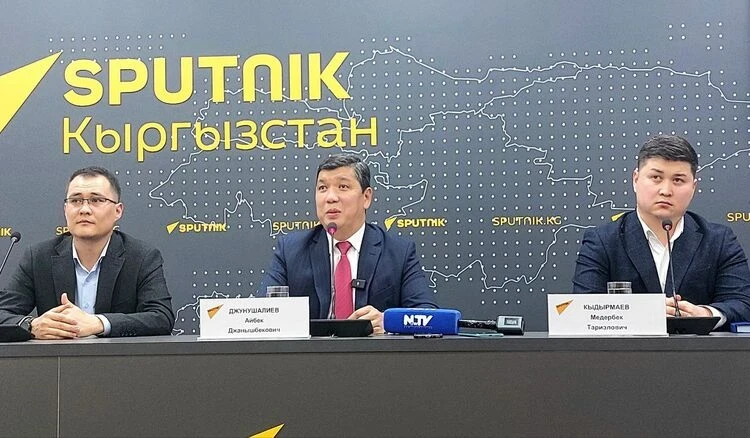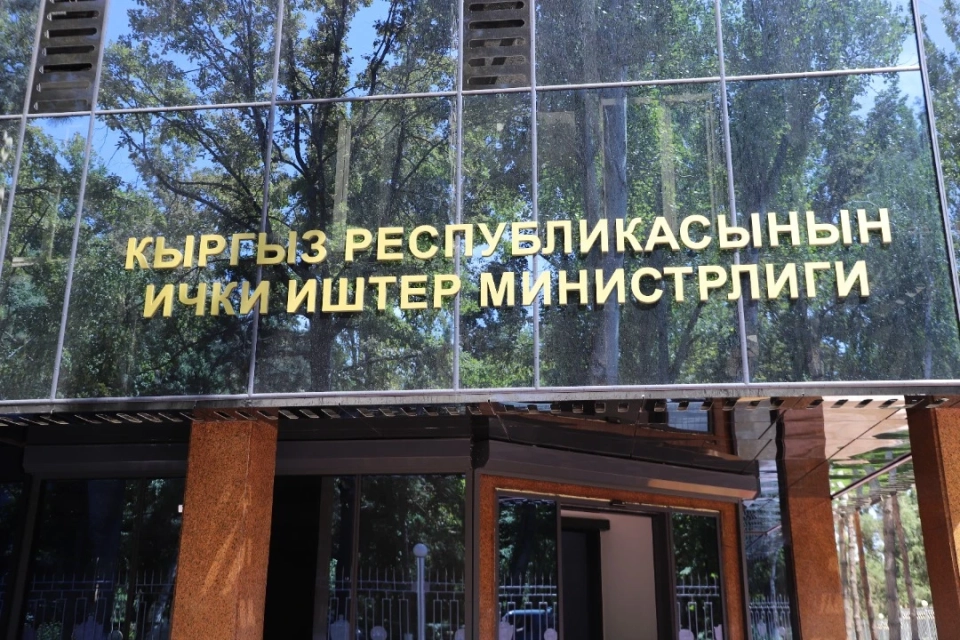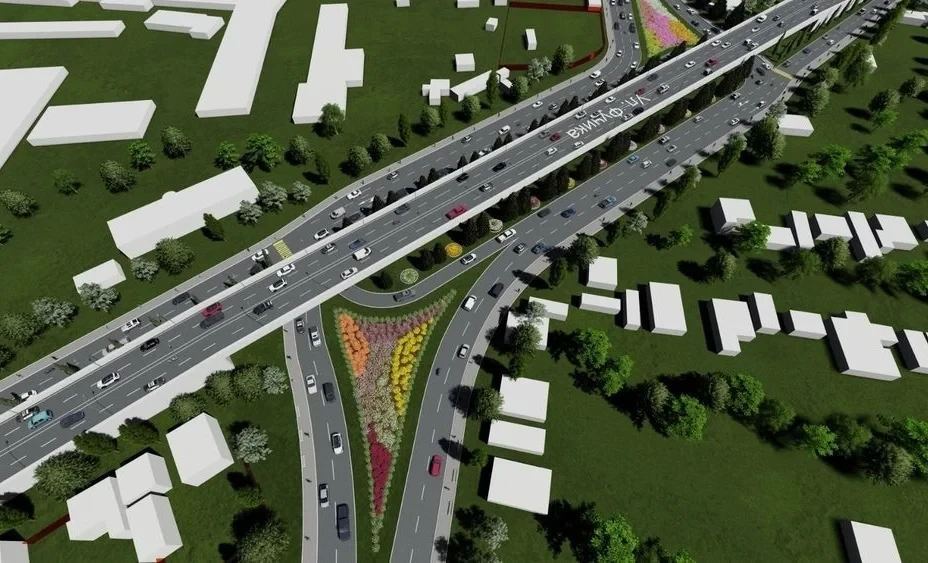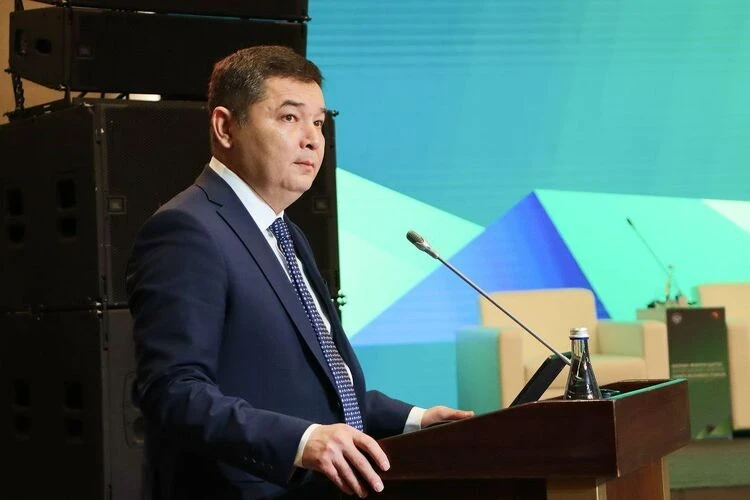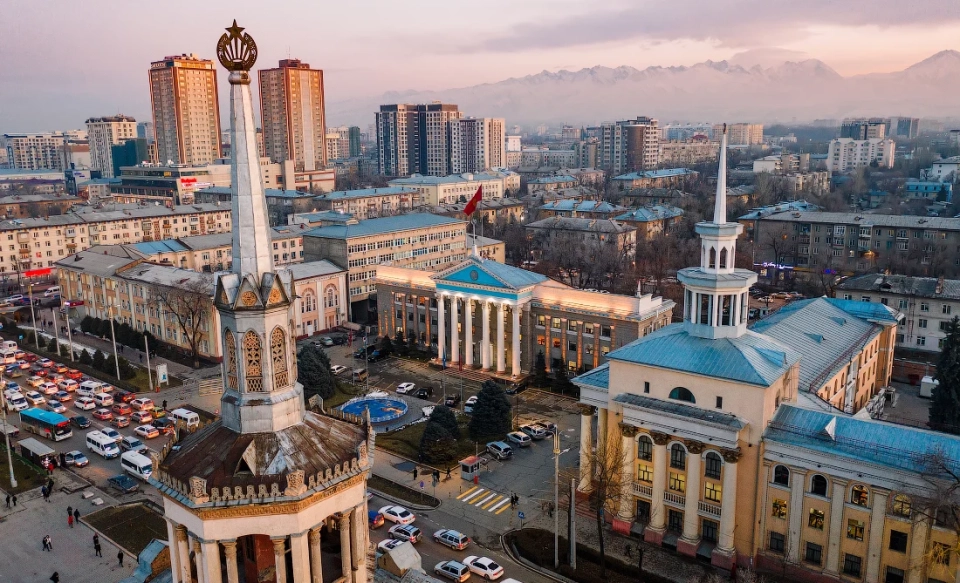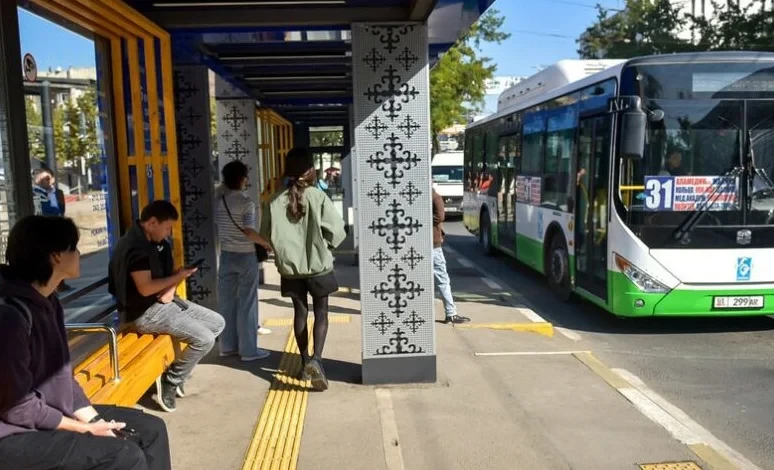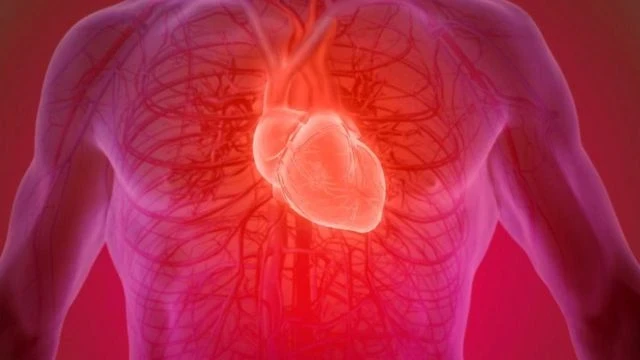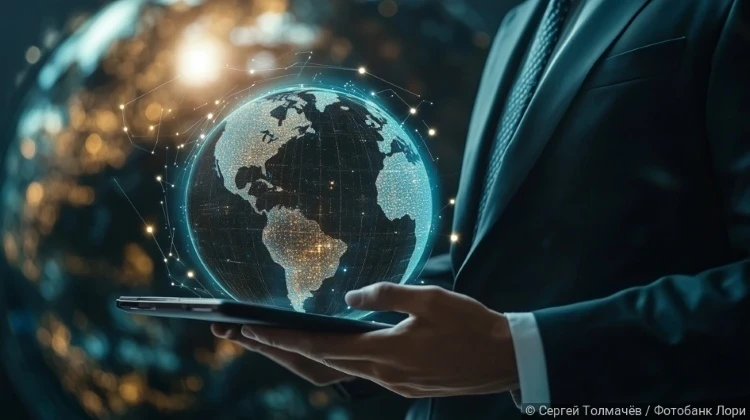
The Russian Ministry of Transport has announced the adoption of a roadmap that envisions the creation of a unified identification system for all types of autonomous transport. Initially, the project was aimed at unmanned aviation, but now its scope is expanding to include automotive, water, and specialized transport, including rovers. This was reported by Alexey Raikevich, General Director of JSC "ERA-GLONASS," at the "Transport Week – 2025" forum.
Raikevich highlighted two key elements of this initiative. First, there is a drive for technological sovereignty, which will help avoid paralysis of the autonomous transport system in the event of potential conflicts. Second, there is a need to change the terminology and conceptual approach. The expert notes that the term "drone" is outdated, as it implies the possibility of remote control by a person. In his opinion, true efficiency is achieved when transport operates autonomously. For example, in foreign practice, it is already permissible to have one operator managing 50 unmanned aerial vehicles, which confirms the movement towards autonomy.
The prospects for the development of this industry are also linked to the emergence of hybrid vehicles. Raikevich gives an example: an unmanned vessel can independently transport cargo over water, saving on infrastructure, and then a helicopter can take off from it to deliver goods to a remote settlement. However, for the successful implementation of such projects, rapid technology adoption is necessary. A repeated attempt to use outdated technologies could lead to a lag of up to 15 years, which is unacceptable in modern conditions.
Unmanned aviation has become a practical testing ground for new technologies. The reason for this choice is the scale: about 140,000 unmanned aerial vehicles are registered in the Rosaviation registry, which ensures rapid data collection and threat modeling. In May 2025, a successful identification experiment was conducted in the Kaluga region, during which several domestic platforms were integrated, and Russian data exchange protocols and cryptography were used according to GOST standards. The developed solution transmitted information to air traffic control systems, where legal drones were marked in green and rule-breaking ones in red, allowing anti-drone platforms to take necessary measures. At the same time, as Raikevich emphasized, even a legal drone that crosses an established boundary is subject to neutralization.
Based on this experience, a unified identification system was created, which consolidates information from various observation systems: primary radar, multi-position systems, traditional automatic dependent surveillance, and data from the State Corporation for Air Traffic Organization. This data is enriched and verified multiple times. Now the project is moving to a new level: the Ministry of Transport has approved a roadmap that makes the development of a unified identification system a departmental project covering all types of drones—from boats to cars and rovers.
Digital identification is becoming an important aspect of security. Raikevich explains this with the example of a rover delivering pizza: the algorithm by which the drone stops at a human signal is vulnerable, as a malicious actor can easily spoof it and steal the cargo. Similar threats exist for unmanned vehicles. Therefore, in the first stage, it is necessary to ensure the possibility of remote verification of the vehicle on the road, and in case of suspicions, activate emergency stop systems.
These tasks are related to cybersecurity issues and the establishment of a trusted environment. The next steps will be the regulatory consolidation of the system parameters and its scaling. An important element of this process will be the creation of unified identification standards applicable to all types of transport. Raikevich emphasizes that allocating separate satellite constellations for maritime, aerial, and automotive transport is economically unfeasible. It is necessary to integrate control, management, identification, and emergency response systems onto a single platform that will be protected from hacking and ensure redundancy for resilience.
We remind you that NATCAR predicts significant changes in the freight transport market due to the implementation of unmanned technologies. According to the company, the high capital intensity of these processes will lead to changes in business models and the emergence of four new formats of operation in the transport sector. LR
Source: logirus.ru

